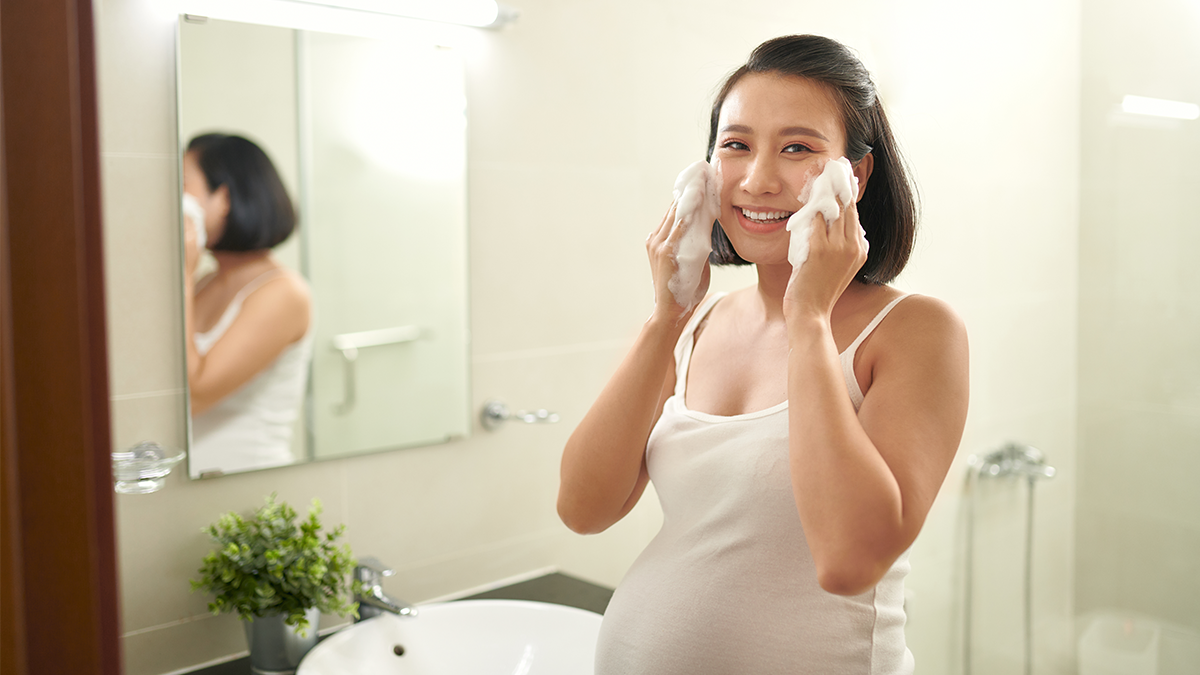As we’ve established, your Pupillary Distance (PD) is a critical measurement for “buy prescription glasses online”. It ensures that the optical center of your lenses aligns precisely with your pupils, providing optimal clarity and comfort. While your eye care professional can provide the most accurate PD measurement, it’s not always included on your prescription. Fortunately, you can often measure your PD at home with a few simple tools and a bit of care. This self-measurement capability empowers you to confidently proceed with online eyewear purchases, but it’s essential to perform it with precision to avoid vision issues.
Understanding PD Types: Single vs. Dual
It’s important to note that there are two main types of PD, each serving a specific purpose in lens manufacturing:
- Single PD (Distance PD): This is a single number representing the total distance in millimeters between the centers of your two pupils. This is typically used for single vision distance glasses, as it’s the most common measurement required for general vision correction. For most people, this measurement falls between 54mm and 74mm.
- Dual PD (Monocular PD): This provides two numbers, one for each eye, measuring the distance from the center of your nose to the center of each pupil (e.g., 30mm for the right eye and 32mm for the left eye). This is particularly important for progressive lenses, bifocals, and high prescriptions, as it provides a more precise fit that accounts for subtle asymmetries in facial structure. Monocular PD ensures that the optical center of the lens is perfectly aligned with each individual eye, optimizing the performance of complex lens designs.
Methods for Home PD Measurement
Here are a couple of common methods for measuring your PD at home, chosen for their simplicity and effectiveness. It’s recommended to try both if possible and compare the results for greater accuracy.
Method 1: The Ruler and Mirror Method (Self-Measurement)
This method is straightforward and requires only a millimeter ruler (easily found at office supply stores or even printable online templates) and a mirror.
- Stand or Sit Comfortably: Position yourself approximately 8-12 inches (about 20-30 cm) away from a mirror, ensuring you can see your reflection clearly and that your head is level. Good lighting is also helpful.
- Hold the Ruler Correctly: Hold a millimeter ruler horizontally against your brow, just above your eyes. Make sure the ruler is completely flat, level, and that the “0” mark is clearly visible. It’s crucial that the ruler remains stable throughout the measurement.
- Close One Eye: Close your right eye. Align the 0mm mark on the ruler with the very center of your left pupil. Take your time to ensure precise alignment. Hold the ruler steady without moving it.
- Switch Eyes and Read: Without moving the ruler at all, open your right eye and close your left eye. Now, read the millimeter mark on the ruler that aligns with the very center of your right pupil. This number is your single (distance) PD.
- Repeat for Accuracy: Repeat the entire process a few times (at least 2-3) to ensure consistency and accuracy. A difference of 1-2mm between readings is generally acceptable, but aim for the most consistent reading. If your readings vary significantly, re-evaluate your technique or consider the helper method.
Method 2: The Friend/Helper Method
This method can often be more accurate as it eliminates the slight parallax error that can occur when looking in a mirror. It also allows for easier measurement of dual PD.
- Find a Reliable Helper: Ask a friend or family member to assist you. Choose someone with steady hands and good eyesight.
- Maintain Focus on a Distant Object: Stand about 10-20 feet (3-6 meters) away from your helper, looking straight ahead at a distant object at eye level. It’s absolutely crucial not to look at your helper, as this can cause your eyes to converge slightly, leading to an inaccurate (smaller) PD measurement.
- Helper Positions Ruler: Have your helper hold a millimeter ruler flat against your brow, just above your eyes. Ensure it’s level.
- Align Zero: Your helper should align the 0mm mark of the ruler with the very center of one of your pupils (e.g., your right pupil). They should crouch slightly if needed to be at eye level with you.
- Read Second Pupil: While you continue to focus on the distant object, your helper should read the millimeter mark that aligns with the very center of your other pupil. This is your single (distance) PD.
- For Dual PD (Monocular PD): To get a dual PD, your helper can measure from the center of your nose (the bridge of your nose, between your eyes) to the center of each pupil separately. First, measure from the center of your nose to the center of your right pupil. Then, reposition the ruler and repeat for your left pupil. This will give you two numbers (e.g., R31, L32).
- Repeat for Accuracy: Have your helper take the measurement a few times to ensure consistency. Average the readings or use the most frequent result.
Important Considerations for PD Measurement:
- Always Use Millimeters: Ensure your ruler measures in millimeters (mm), as this is the standard unit for PD.
- Take Multiple Readings: Measure at least 2-3 times and average the results, or use the most consistent reading. Consistency is paramount for accurate vision correction.
- Accuracy is Key: Even a small error of 1mm or 2mm in PD can significantly impact your vision clarity and comfort, especially with higher prescriptions, astigmatism correction, or progressive lenses. If you have a complex prescription or concerns about self-measurement accuracy, it’s always best to obtain your PD directly from your eye care professional. They have specialized instruments (like a pupillometer) that provide the most precise measurements.
- Near vs. Distance PD: Most online retailers ask for distance PD. However, if you are ordering reading glasses only, some might ask for a “near PD,” which is typically 2-3mm less than your distance PD (because your eyes converge slightly when focusing on near objects). If in doubt, stick with your distance PD, as most online systems will account for near vision automatically when fabricating reading or progressive lenses.
- Children’s PD: Do not attempt to measure a child’s PD at home. Children’s eyes and vision are still developing, and precise measurements are crucial. Always rely on an eye care professional for a child’s PD.
By carefully taking your pupillary distance measurement, you’re taking a vital step toward ensuring your eyeglasses online provide the clear and comfortable vision you expect. This self-reliance, when coupled with careful execution, makes online eyewear purchasing a more viable and successful option.















